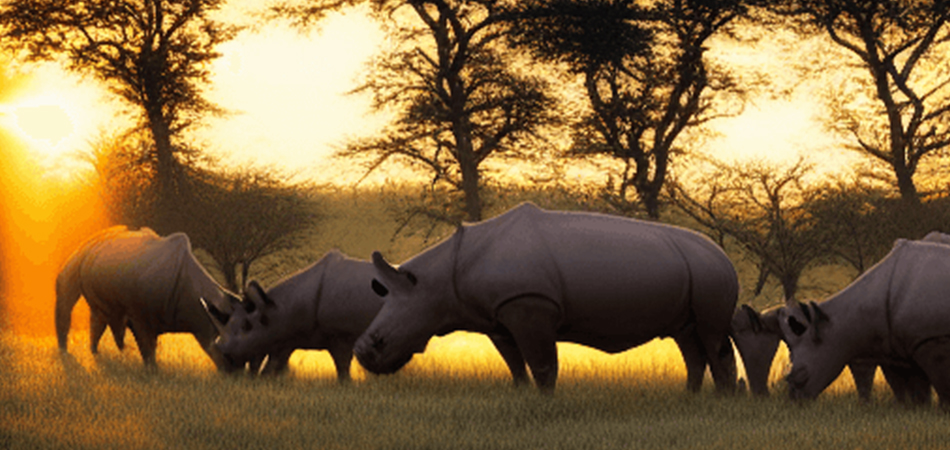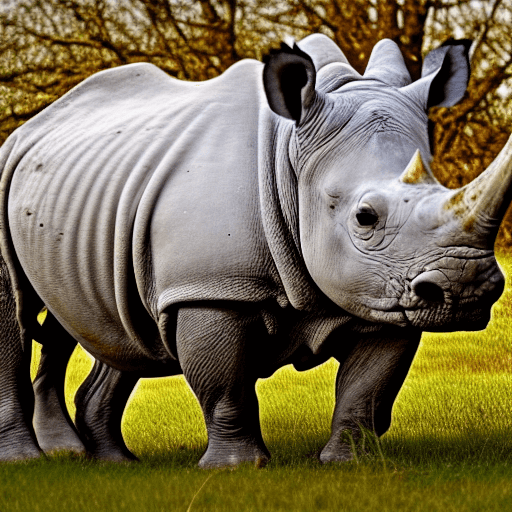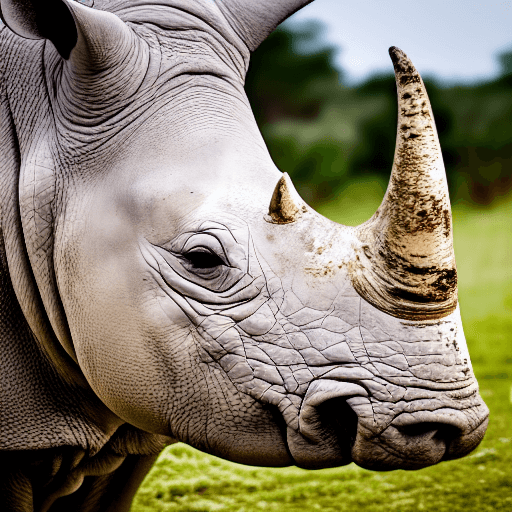Aardonyx Guide:
Aardonyx was an early dinosaur that lived in South Africa about 200 million years ago.
Aardonyx was an early dinosaur that lived in South Africa about 200 million years ago.

Rhinos are often referred to as “living fossils” because they resemble their prehistoric ancestors—the dinosaurs. But despite their ancient lineage, is a rhino a dinosaur? Dinosaurs are a fascinating topic of study for both adults and children alike. For many, the idea of these massive creatures once roaming the Earth is both exhilarating and terrifying. Although we cannot be sure what those iconic animals looked like or how they behaved, we can learn a great deal about them by studying their fossilized remains.
Based on this evidence, it is believed that dinosaurs were reptiles and, like other ancient reptiles, were covered with scaly skin (not hair), were cold-blooded animals, and laid eggs vs. giving birth to their young. However, there is still much to learn about these incredible creatures, the study of dinosaurs can provide us with a glimpse into a long-ago world that is both fascinating and dangerous. Their similarities to modern reptiles, particularly alligators and their dinosaur connection, suggest that some traits have persisted through millions of years of evolution. Evidence from fossil findings, such as nesting behaviors and growth patterns, indicates that dinosaurs may have exhibited complex social structures and parental care, much like some species of today. As paleontologists continue to unearth new discoveries, we venture closer to understanding the lives of these magnificent creatures that once roamed our planet.
In this blog post, we’ll take a closer look at these fascinating creatures that are endangered species, explore their shared characteristics and similar features with other mammals, and explain why they’re more closely related to equids than to other non-avian dinosaurs.
Mammals are a diverse group of animals that includes some of the largest and smallest creatures on Earth, but they all have specific characteristics in common. For example, all mammals are warm-blooded, have fur or hair, and feed their young with milk produced by mammary glands.
Rhinos fit the bill on all counts. They’re warm-blooded, covered in hair (albeit short hair), and produce milk to nourish their young. But there’s one other defining characteristic of mammals that rhinos share: They give birth to live young. That’s right—rhinos don’t lay eggs like their reptilian ancestors did millions of years ago; instead, they give birth to calves that are already fully developed.

While rhinos may not look like other mammals at first glance, they have quite a bit in common with some of the most familiar animals in the world and several species. For example, like elephants, rhinos are herbivores with large tusks (or horns) and live in Africa and Asia. And like hippos, rhinos love to wallow in mud to stay cool and protect their skin from the sun’s harmful rays. The wooly mammoth had two horns compared to the distinct rhino species with just one horn. Finally, like horses, rhinos are hoofed animals with long tails and big horns.
The family Rhinocerotidae includes five extant species: the white rhinoceros (Ceratotherium simum), the black rhinoceros (Diceros bicornis), the Indian rhinoceros (Rhinoceros unicornis), the Javan rhinoceros (Rhinoceros sondaicus), and the Sumatran rhinoceros (Dicerorhinus sumatrensis). These five species are further divided into two distinct species: the white rhino is subdivided into the southern white rhino (Ceratotherium simum simum) and the northern white rhino (Ceratotherium simum cottoni), while the black rhino is subdivided into the eastern black rhino (Diceros bicornis michaeli) and the western black rhino (Diceros bicornis longipes).
NOTE: All rhinoceros species are threatened or endangered due to habitat loss and poaching.

So if rhinos share so many characteristics with other mammals, why aren’t they more closely related to them? The answer has to do with a shared ancestor. About 55 million years ago, early mammals began to diverge into two main groups: the Laurasiatheria (which included members of the dog, cat, and bear families) and the Euarchontoglires (which included members of the rabbit, rodent, and primate families).
The equids—a family of animals that includes horses, zebras, tapirs, and rhinoceroses—split off from the Laurasiatheria about 45 million years ago. This means that rhinos are more closely related to horses than they are to dogs or cats—even though they may look more like the latter!
Rhinos may look like prehistoric beasts that walked the Earth millions of years ago, but they’re alive and more closely related to horses than you might think! In this blog post, we’ve taken a closer look at these fascinating creatures: exploring their shared characteristics with other mammals (like elephants and hippos) and explaining why they’re more closely related to equids than other mammals. If you want to learn more about these amazing animals, be sure to check out our website for more information. Thanks for reading!